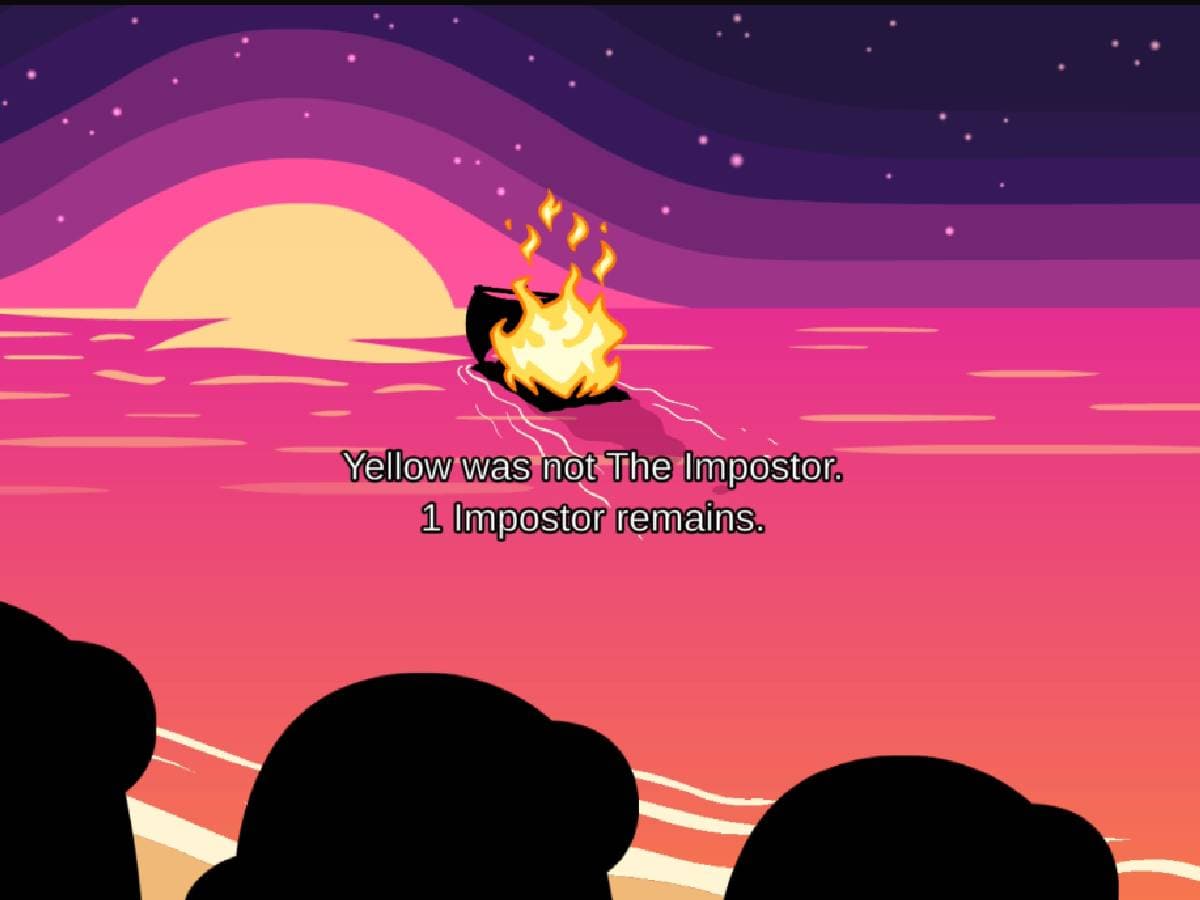In the world no two volcanoes are the same. But in general they tend to have some common features that allow us to identify them or, at least, classify them. That does not prevent us from encountering volcanoes that seem to go beyond the norm.
This is the case of Ol Doinyo Lengai, a volcano located in northern Tanzania. The reason why this volcano is so strange is its lava, which has little to do with the viscous and incandescent liquid that we associate with volcanic eruptions.
So what is the lava that the volcano expels like? Well, its color is black and it is so little viscous that it looks more like water mixed with earth, black mud like that which can be expelled from a hydrothermal spring.
What makes this lava so different from what we are used to is its carbonate-rich composition and rich in alkaline elements such as calcium and sodium. Unlike conventional volcanoes, whose lava is rich in silica, these compounds are much scarcer in the lava of Ol Doinyo Lengai.
This has two implications. On the one hand, the liquid melts at a much lower temperature than conventional lava, between 540º and 593º Celsius compared to the more than 900 required for the fusion of magma in conventional volcanoes. The magma of Ol Doinyo Lengai does not heat up enough to reach incandescence, so it does not emit light.
But there is even more, since if conventional lava turns from incandescent red to black when it solidifies, the lava from Ol Doinyo Lengai also changes color. Not due to the solidification process, but due to subsequent chemical processes. Calcium and carbon dioxide combine to form calcite and similar minerals. Afterwards, water and humidity decompose these minerals, so that, after a while, the slopes of the volcano turn white.
The second implication is that the viscosity of this magma is so low that it is watery.
El Ol Doinyo Lengai
The Ol Doinyo Lengai volcano, called The Mountain of God by the Maasai, is located in northern Tanzania, near the border with Kenya and halfway between Lake Victoria and the Indian Ocean coast. Its summit is 2,962 meters above sea level.
Morphologically, we are facing a stratovolcano with a pyroclastic cone according to the classification of the Global Volcanism Program of the National Museum of Natural History of the United States. It is a very active volcano with six eruptions so far this century. What’s more: the volcano has been constantly erupting since April 2017.
It is located in the Rift Valley, a valley formed by the process of division of a tectonic plate into two: the original African plate and the Somali plate that little by little separates from the previous one. As expected, this region has great geological activity.
The volcano has been the subject of various scientific studies over recent years. Recently, a study published in the journal Geophysical Research Letters analyzed changes in the geography of the environment.
Through satellite observations, the team responsible for the study confirmed that the volcano had decreased during the last decadeat a rate of about 3.6 centimeters per year. The measurements, taken through the Sentinel-1 and Cosmo-SkyMed satellites, also allowed us to verify the displacement of the earth near the northern crater of the volcano.
A previous study, published in 2009 in the journal Naturefocused on searching for the origin of this unique carbonaceous lava. They found the answer in the Earth’s mantle. According to the team responsible for the study, the chemical analysis of the carbon dioxide emanated by the volcano indicated this origin. The materials expelled would therefore be the result of the partial melting of the materials in the upper layer of the mantle.
Despite the uniqueness of Ol Doinyo Lengai, the team pointed out that the concentration of these carbonaceous materials was similar to what occurs in other places of the Earth: the oceanic ridges. This is not entirely strange since these ridges also form at the points where tectonic plates separate, such as in the north-south axis of the Atlantic Ocean.
In WorldOfSoftware | Yellowstone’s huge hydrothermal explosion reminds us that it is a ‘bomb box’ visited by four million people a year
Image | Clem23










